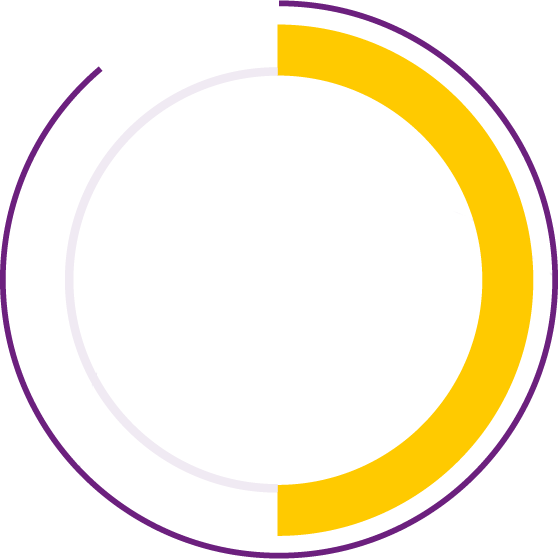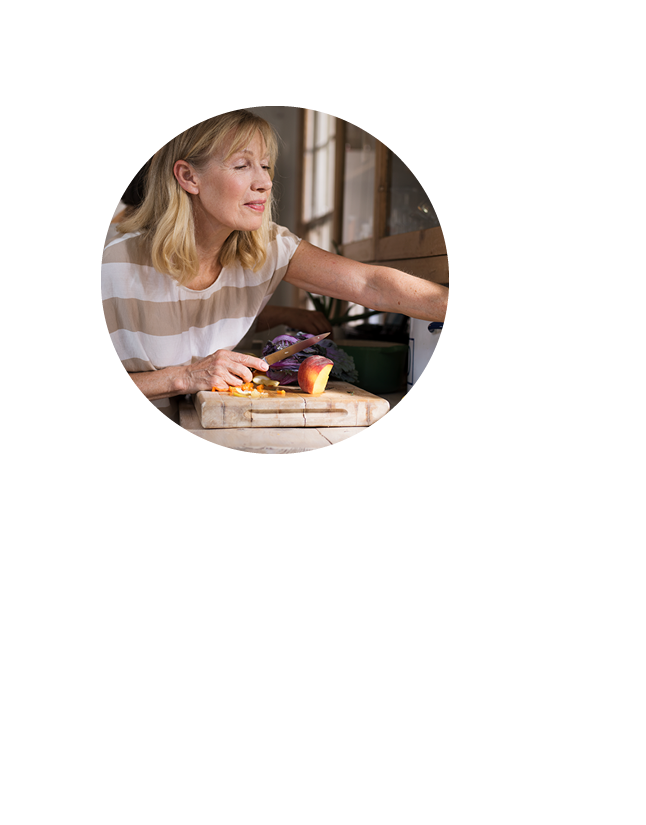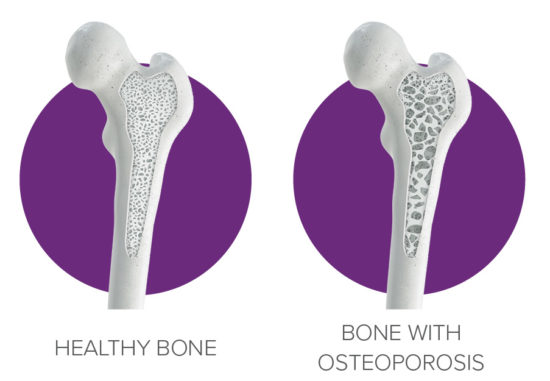
Helping women thrive through osteoporosis in Australia
Osteoporosis is a chronic condition in Australia that causes a loss of bone mas and strength, resulting in fragile bones at an increased risk of fracture. Some people don’t realise they have osteoporosis until a minor bump or fall causes a bone fracture. Osteoporosis is a lifelong condition that can be managed, but not cured.
Osteoporosis is generally underdiagnosed in Australia due to lack of overt symptoms until a fracture has occurred.1 Knowing who is at risk and how to start the conversation can help uncover women who may be vulnerable.






Osteoporosis in Australia*
- Estimates from 2017/2018 put the prevalence of osteoporosis in Australia at 924,000 cases1. This number will continue to grow
- Osteoporosis is more common in women than men and is most common in older women (post menopause) – affecting more than 25% of women over the age of 751
- When compared to people without the condition, people with osteoporosis experienced:1
- Lower self-assessed health status – people with osteoporosis were 2.7x more likely to describe their health as ‘poor’
- ‘Severe’ to ‘very severe’ body pain – osteoporosis sufferers were 2.3x more likely to experience severe or very severe body pain in the past month
- Psychological distress – people with osteoporosis were 2.9x more likely to experience very high levels of psychological distress
About a third of post-menopausal women are having to live with osteoporosis2
*Data from the 2017–18 National Health Survey.
References:
- Australian Institute of Health and Welfare 2020. Osteoporosis. Cat. no. PHE 233. Canberra: AIHW. Viewed 02 February 2021, https://www.aihw.gov.au/reports/chronic-musculoskeletal-conditions/osteoporosis.
- Bijelic R, et al. Med Arch. 2017; 7(1): 25–28.
Osteoporosis FAQs
In people with osteoporosis, bones become weak and fragile – and may break easily. Bone is a living tissue containing calcium and other minerals. Throughout life, old bone is constantly broken down and replaced with new bone. In people with osteoporosis, bone loss may occur faster than bone formation. This results in the bone becoming weak and more likely to break (fracture) following a minor bump or fall.

Many people diagnosed with osteoporosis have no symptoms and may not have realised that they have osteoporosis until they break (fracture) a bone. If you do have a fracture, The most common sites for a break are the spine, wrist, and hip, some may also experience fractures of the upper arm, and ribs. In some cases, you may have osteoporosis and never have a broken bone.
Calcium and vitamin D are essential for bone health. Many Australians do not get enough calcium or vitamin D.1 Your doctor may check vitamin D levels in your blood and evaluate your calcium and vitamin D needs. If necessary, your doctor may advise you to take supplements and will recommend which type and how to take it. Your pharmacist can also provide general advice on vitamin D and calcium supplements, but make sure they know if you are already on osteoporosis treatment as many multivitamin & mineral supplements are not suitable.
Some exercises are better at improving bone mass and strength than others. Exercises that place higher impact on the bones or that work the muscles attached to bones most at risk of fracture, including the hip and spine, are the most effective. Exercises which involve multidirectional movements and a form of resistance training will be the most effective . It is important to remember the impact from just walking will have no effect on the bone. It is best to avoid activities that bend or twist the spine. Ask your doctor to refer you to an exercise physiologist or physiotherapist for advice before starting an exercise program.
The Healthy Bones Australia website can provide further information about living with healthy bones and preventing Osteoporosis.
www.healthybonesaustralia.org.au
References:
-
Healthy Bones Australia.
Osteoporosis fact sheets. Available from Fact Sheets – Bone Health (healthybonesaustralia.org.au) Accessed May 2021.

